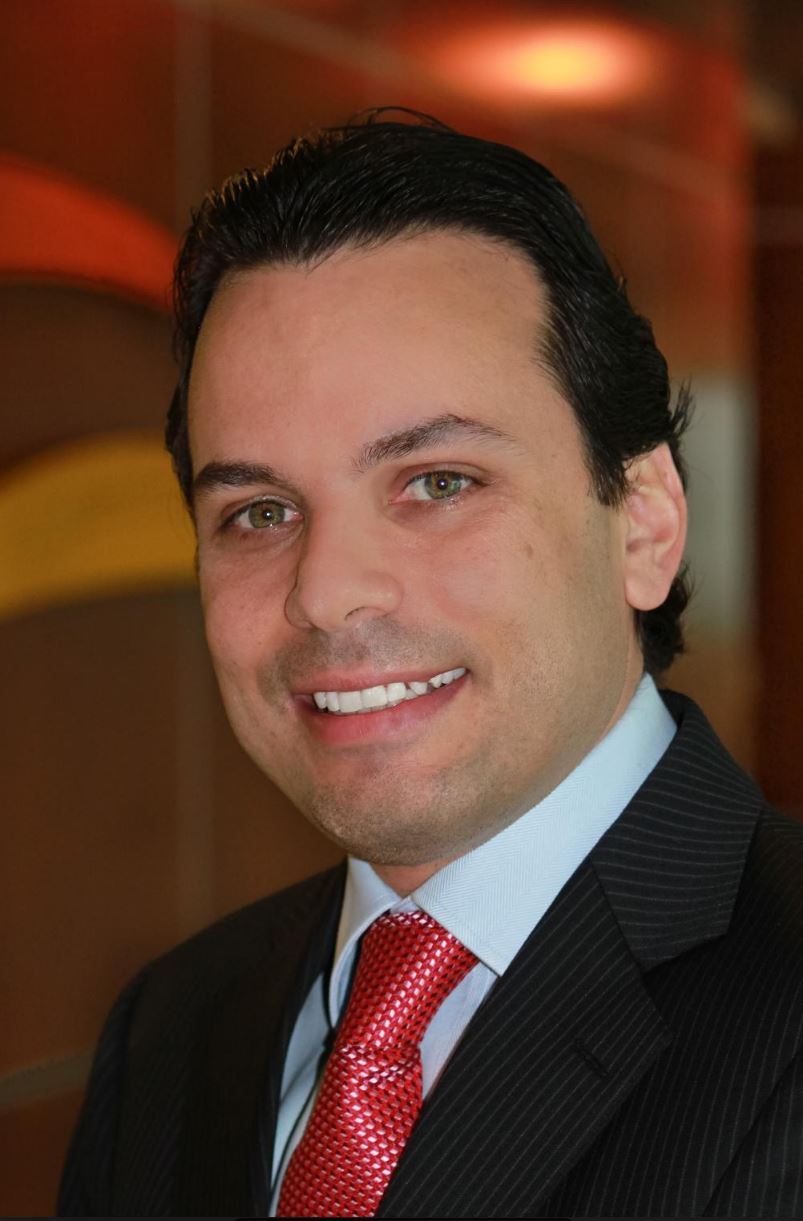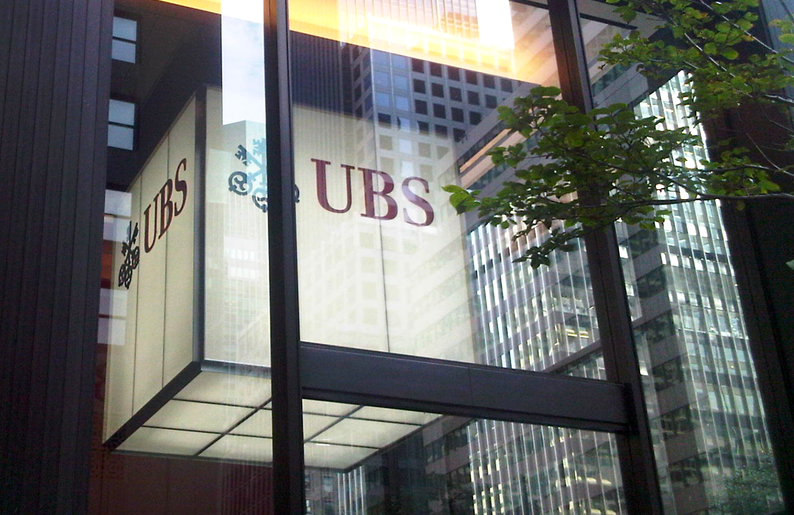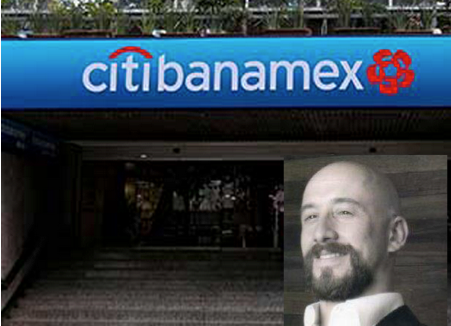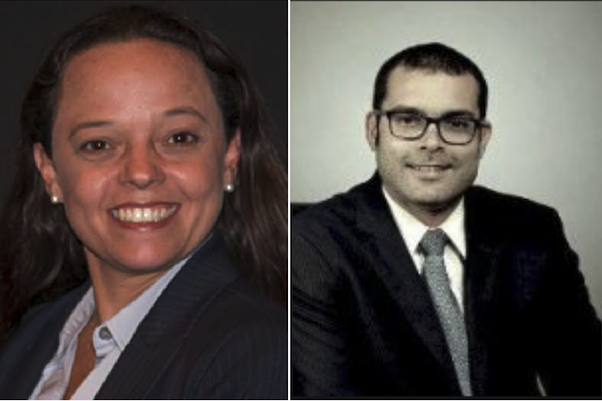Legg Mason Boosts its Offerings in Brazil with the Launch of Two New Feeder Funds
| For Fórmate a Fondo | 0 Comentarios

Legg Mason continues to prove its strong commitment to Latin America, and especially to Brazil, the country where the asset management company recently decided to launch two new feeder funds, which are investment vehicles that allow local investors access to funds with UCITS format, registered in Dublin.
“We are presently living in times in which the political and economic situation has significantly helped Brazilian investors to start looking for new sources of return and diversification in their portfolios. To begin with, the Central Bank of Brazil has slashed its benchmark rate, from 14,25% on October 2016 down to 9.25%, a rate level which had not been seen since 2013. This has caused offshore products to start to seem more attractive to the local investor, as the yield on Brazilian debt is no longer as high when compared to the rest of the world. Another issue that must be taken into account is regulatory change. The Brazilian Securities and Exchange Commission changed its definition of qualified investor (proving investors with at least 1 million BRL, approximately 315,000 dollars), allowing the opening of the fund distribution business to mass affluent customers, greatly benefitting local feeder funds, vehicles that allow the investment of 100% of their assets in offshore funds platforms in Dublin. Finally, we should mention the country’s economic situation, strongly linked to the political scene. Brazil needs an urgent reform in its pension system in order to address its huge fiscal deficit, and it is very likely that this reform will be postponed until after the presidential elections of 2018. This uncertainty increases the search for opportunities outside the country,” says Roberto Teperman, Head of Sales at Legg Mason in Brazil.
The first of the funds, the Legg Mason Rare Infrastructure Value, is an equity fund that invests 100% of its assets in global listed shares of companies that develop long-term infrastructure projects,such as gas and electricity distribution and transmission networks, water supply and wastewater, airports, toll roads, railways, ports or communication networks. This strategy seeks to achieve a target yield of G7 inflation rate + 5.5% and offers very low correlation with the local equity market given its exposure to global alternative assets.
The second one, the Brandywine Global Credit Opportunities, is a fixed income fund that, using a top-down approach, invests in alternative credit in the global bond markets across the credit spectrum, including exposure to debt opportunities in emerging markets that the fund’s manager finds most attractive. In addition, the fund may use long and short positions through the use of derivative instruments, mortgage-backed debt instruments (MBS), high-yield debt and investment-grade debt.
These two strategies are in addition to the two feeder funds that the asset management firm already distributes in the Brazilian market, the Legg Mason Western Asset Macro Opportunities Bond and the Clear Bridge Global Equity.
“We try to launch fixed income and equity feeder funds in order not to focus on just one asset class. The decision to launch the Brandywine Global Credit Opportunities feeder fund was determined by the high demand for fixed income assets with high yields in Brazilian investors’ portfolios. In this regard, the Brandywine Global strategy offers a unique approach to investing in fixed income, uses a top-down process, and its average annual volatility fluctuates around 4%. However, the Legg Mason Western Asset Macro Opportunities Bond tries to leverage the opportunities that may arise in terms of duration in the yield curve, using a bottom-up approach in portfolio construction that uses relative strategies in credit, and usually has an average annual volatility close to 7% or 8%, with a limit of 10%,” adds Teperman.
Finally, Lars Jensen, Head of Legg Mason Americas International commented that the launch represents Legg Mason’s commitment to the region. “We intend to launch new feeder funds in Brazil before the end of the year. At some point, the hope is to have all our Investment Managers represented in Brazil.”











